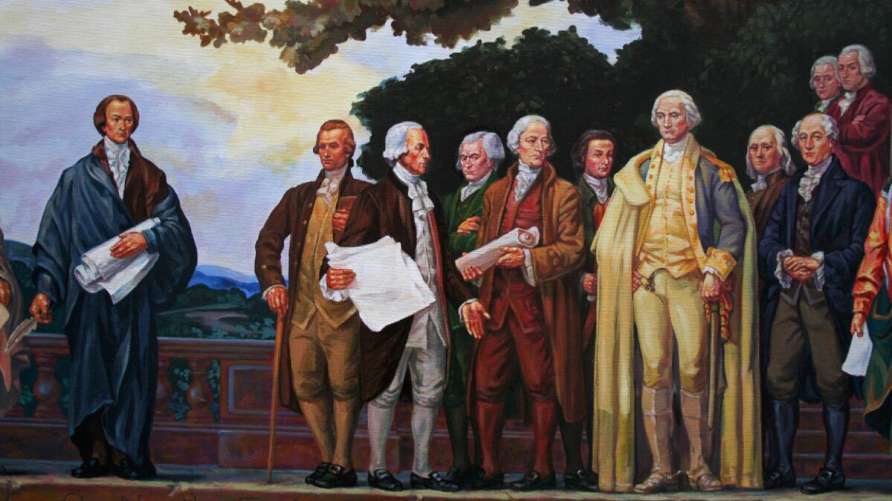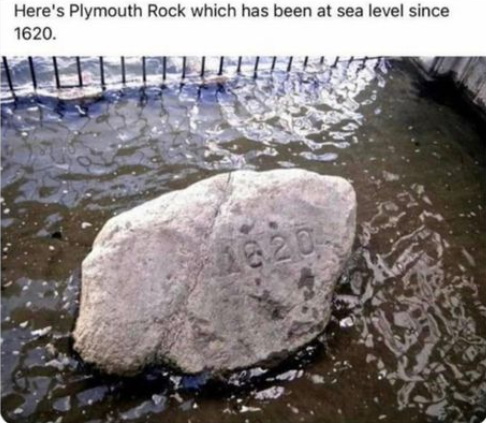You have come across a mystery box. But what is inside?
It could be literally anything from the serene to the horrific,
from the beautiful to the repugnant,
from the mysterious to the familiar.
If you decide to open it, you could be disappointed,
you could be inspired, you could be appalled.
This is not for the faint of heart or the easily offended.
You have been warned.



































